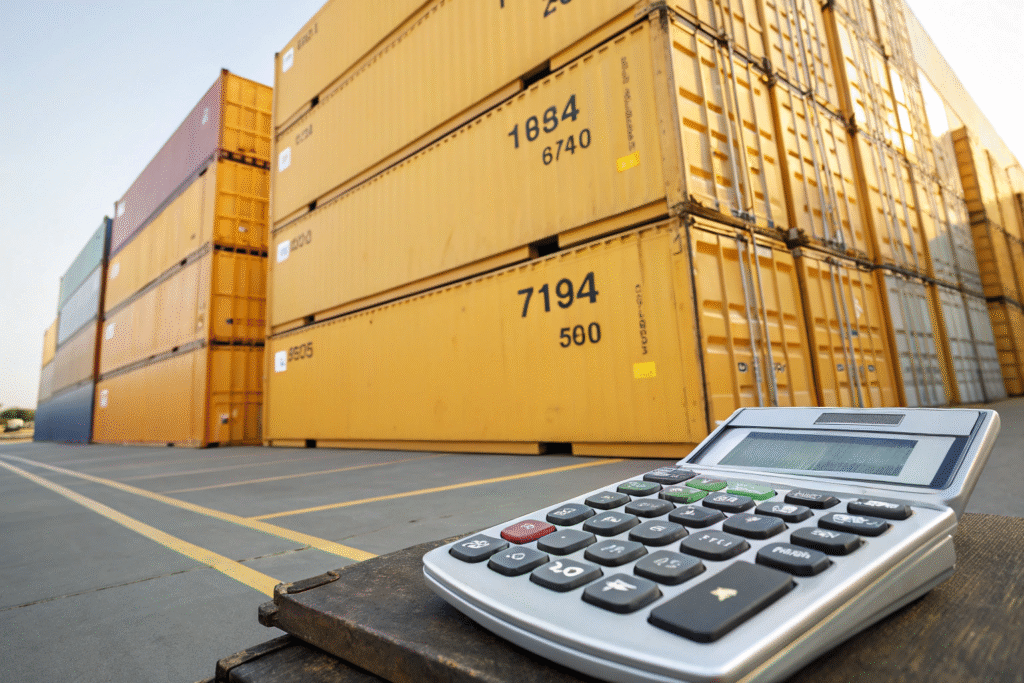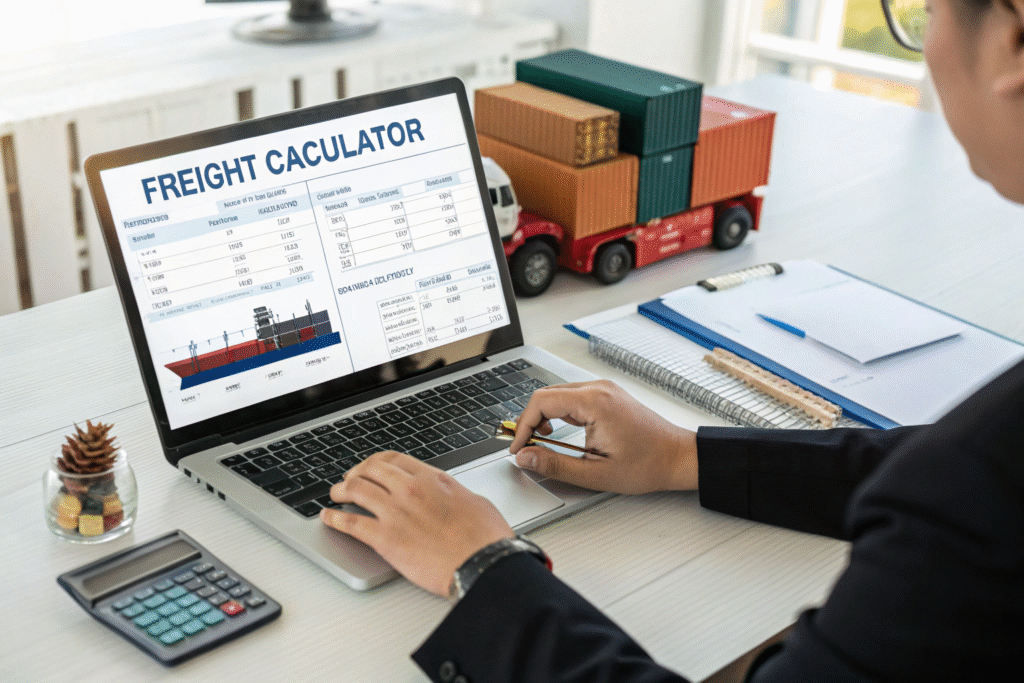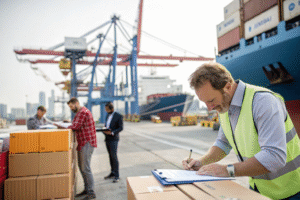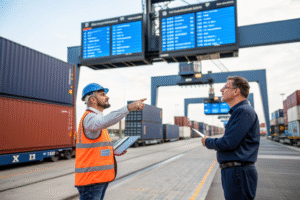Importing goods from China can be highly profitable, but many business owners struggle with one big issue: shipping costs. Quotes often seem unclear, and it’s not always easy to know how forwarders come up with their prices. That lack of clarity makes budgeting and negotiations harder.
Freight rates are shaped by different factors such as shipment size, cargo weight, type of transport, route distance, and extra charges like customs and surcharges. When you know these details, you can estimate costs with more confidence and avoid unexpected bills.
From my experience moving cargo between China, Europe, and the U.S., I’ve learned that calculating freight is not complicated once you understand the basics. Let’s look at the main points step by step.
What are the key factors that decide freight rates?
When you see a freight quote, you are not just paying for a space on a ship or plane. The rate is built from several cost drivers that work together.
The most important factors are the weight and size of your shipment, the transport method you choose, the distance between ports, seasonal demand, and various surcharges. Understanding these pieces helps you read a quote correctly.

Why do weight and volume matter so much?
Carriers always check both actual weight and volume. You pay based on whichever is higher. For example, air cargo uses a formula called volumetric weight. A large but light package may still cost as much as a heavy one. Guides from IATA Cargo explain these rules clearly.
How do shipping methods change the cost?
Sea freight is usually cheaper for large volumes, while air freight is faster but more expensive. Rail and trucking options sit in between for specific routes. You can compare modes easily using platforms like Freightos.
How do Incoterms influence freight calculations?
Incoterms are international trade terms that decide who covers different parts of the journey.
For example, with FOB you pay the freight from China’s port. With CIF, the seller covers the freight and insurance until arrival. With DDP, the forwarder takes care of everything to your door. Each choice changes your final cost.
![]()
Which Incoterm is best for importers?
FOB is often best because it gives the buyer control over carrier and pricing. CIF can be easier for beginners, since the seller arranges shipping. For a full breakdown of all rules, visit ICC Incoterms.
How do Incoterms affect your total landed cost?
DDP is the most complete because it includes duties, taxes, and delivery to your warehouse. While the upfront price is higher, you avoid unexpected fees. Useful resources from Trade.gov show how Incoterms affect overall landed costs.
What role do surcharges and hidden fees play?
Many importers get surprised when the final bill is higher than the original quote. That’s because surcharges and hidden fees often make up a large part of the total.
Typical extras include fuel surcharges, port handling fees, peak season adjustments, and customs processing costs. Knowing these in advance helps you plan better.

What are the most common surcharges?
Shippers often face bunker adjustment factors (BAF), terminal handling charges (THC), and peak season surcharges (PSS). Carriers like Hapag-Lloyd regularly publish updated surcharge lists.
How can forwarders help reduce hidden costs?
Good forwarders explain all charges clearly before shipping. Some, like Flexport, even provide detailed cost breakdowns and tracking tools so you always know where your money goes.
How can you estimate freight costs in advance?
Instead of waiting for every quote, you can estimate costs yourself with the help of online tools.
Freight calculators give quick estimates by using shipment details like weight, size, and origin. While they can’t match exact quotes, they help set budgets and compare options before booking.

What online tools can you use for estimation?
Platforms such as Freightos Calculator or SeaRates allow you to enter cargo details for an estimate. These tools are widely used by importers worldwide.
Why should you get multiple quotes?
Rates change often depending on season, carrier, and space. Asking for multiple quotes ensures you don’t overpay. Market insights from Journal of Commerce also help you check if the rates you see are reasonable.
Conclusion
Calculating freight rates from China doesn’t have to be confusing. By breaking down weight, size, transport mode, Incoterms, and surcharges, you can understand how quotes are built.
With the right knowledge and a reliable forwarder, you gain control over your shipping costs. Clear calculations protect your margins, keep your supply chain steady, and give you more confidence in every deal you make.









